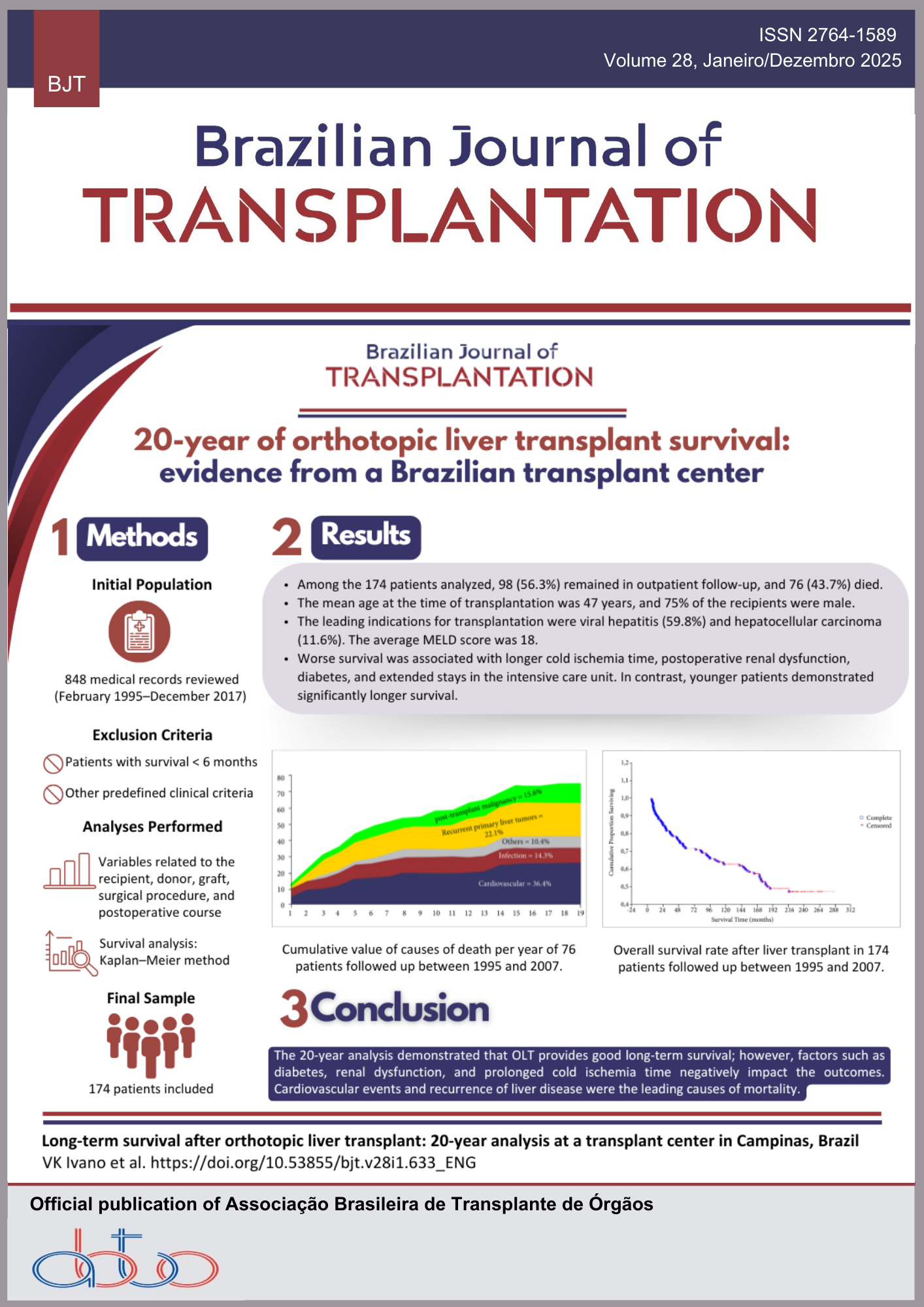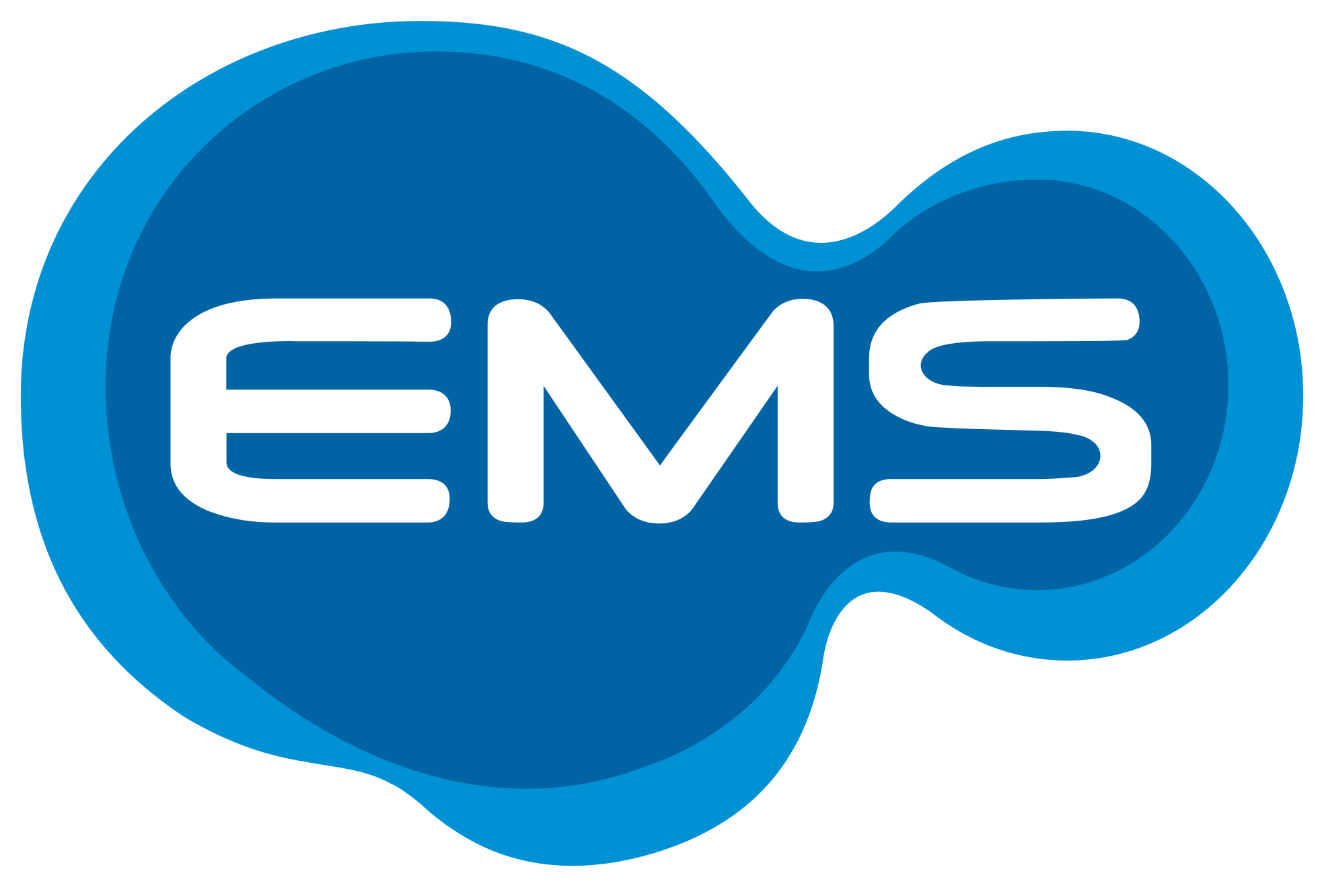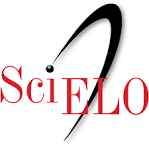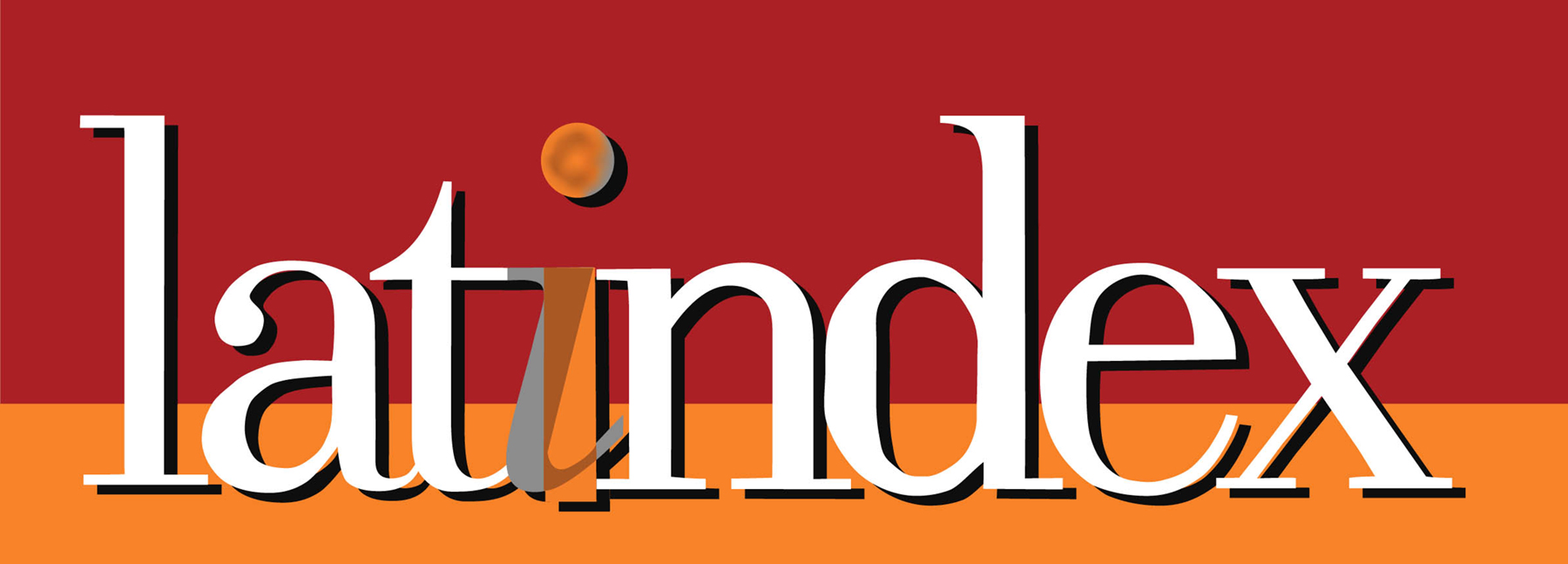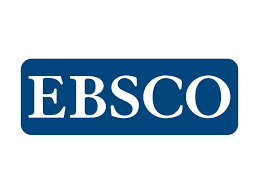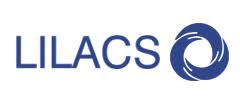Lesões Malignas Secundárias Orais Pós-Transplante de Células-Tronco Hematopoiéticas: Uma Revisão
una revisión
Palavras-chave:
Transplante de Células Tronco Hematopoéticas, Neoplasias Bucais, Carcinoma de Células Escamosas, Doença Enxerto-Contra-HospedeiroResumo
O aumento da sobrevida após o transplante de células-tronco hematopoiéticas (TCTH) elevou a ocorrência de lesões malignas secundárias orais, frequentemente agressivas, surgindo entre 5 a 10 anos pós-procedimento. Muitos médicos e cirurgiões-dentistas sentem-se despreparados para manejar esses pacientes. Objetivos: Esta revisão visa identificar as lesões malignas secundárias orais mais prevalentes em pacientes pós-TCTH, seu período de aparecimento, mecanismos de desenvolvimento e opções de tratamento. Métodos: Realizou-se uma revisão narrativa da literatura com busca nas bases PubMed e LILACS (artigos de janeiro de 2012 a junho de 2024), utilizando os descritores “TCTH”, “neoplasias bucais”, “câncer oral” e “carcinoma de células escamosas oral”. Foram incluídos estudos como revisões, metanálises e relatos/séries de casos que abordassem os objetivos. O gerenciamento bibliográfico foi realizado com o software Anara, que utiliza inteligência artificial para referenciamento, armazenamento e citações. Aspectos discutidos: Abordam-se os principais tipos de malignidades secundárias (doença linfoproliferativa póstransplante, tumores sólidos como o carcinoma espinocelular oral) e fatores de risco, com destaque para a doença do enxerto contra o hospedeiro (DECH). Conclusões e aplicações: As lesões malignas secundárias orais são uma complicação significativa após o TCTH, sendo a DECH um fator de risco importante. O conhecimento sobre essas lesões, seus mecanismos e tratamentos é crucial para guiar cirurgiões-dentistas e médicos na análise clínica e manejo, destacando a necessidade de vigilância ativa para diagnóstico precoce e melhor prognóstico.
Downloads
Referências
1. Tsushima F, Sakurai J, Harada H. A case of upper gingiva carcinoma with chronic graft-versus-host disease after allogeneic bone marrow transplantation. Aust Dent J, 2015; 60(3): 404-7. https://doi.org/10.1111/adj.12343
2. Mawardi H, Elad S, Correa ME, Stevenson K, Woo SB, Antin JH, et al. Oral epithelial dysplasia and squamous cell carcinoma following allogeneic hematopoietic stem cell transplantation: clinical presentation and treatment outcomes. Bone Marrow Transplant, 2011; 46(6): 884-91. https://doi.org/10.1038/bmt.2011.77
3. Janin A, Murata H, Leboeuf C, Cayuela JM, Gluckman E, Legrès L, et al. Donor-derived oral squamous cell carcinoma after allogeneic bone marrow transplantation. Blood, 2009; 113(8): 1834-40. https://doi.org/10.1182/blood-2008-07-171702
4. Barrett J, Craddock C. Bone marrow transplantation in the United Kingdom - past, present and future. Br J Haematol, 2020; 191(4): 612-6. https://doi.org/10.1111/bjh.17151
5. Barriga F, Ramírez P, Wietstruck A, Rojas N. Hematopoietic stem cell transplantation: clinical use and perspectives. Biol Res, 2012; 45(3): 307-16. https://doi.org/10.4067/S0716-97602012000300012
6. Devetten M, Armitage JO. Hematopoietic cell transplantation: progress and obstacles. Ann Oncol, 2007; 18(9): 1450-6. https://doi.org/10.1093/annonc/mdm064
7. Ng SA, Sullivan KM. Application of stem cell transplantation in autoimmune diseases. Curr Opin Hematol, 2019; 26(6): 392-8. https://doi.org/10.1097/MOH.0000000000000531
8. Negrin RS. Introduction to the review series on “Advances in hematopoietic cell transplantation”. Blood, 2014; 124(3): 307. https://doi.org/10.1182/blood-2014-05-566679
9. Kirtane K, Lee SJ. Racial and ethnic disparities in hematologic malignancies. Blood, 2017;130(15):1699 1705. https://doi.org/10.1182/blood-2017-04-778225
10. Petersdorf EW. HLA matching in allogeneic stem cell transplantation. Curr Opin Hematol, 2004; 11(6): 386 91. https://doi.org/10.1097/01.moh.0000143701.88042.d9
11. Pidala J. Progress in hematopoietic cell transplantation. Cancer Control, 2011; 18(4): 212-3. https://doi.org/10.1177/107327481101800401
12. Torres-Pereira C, Funke V, Giovanini AF, Lemos CA Jr, Amenabar JM, Piazzetta CM. Oral proliferative verrucous leukoplakia (PVL) in a post-bone marrow transplant patient. Biol Blood Marrow Transplant, 2008; 14(10): 1197-9. https://doi.org/10.1016/j.bbmt.2008.07.012
13. Fall-Dickson JM, Pavletic SZ, Mays JW, Schubert MM. Oral complications of chronic graft-versus-host disease. J Natl Cancer Inst Monogr, 2019; (53): 54-62. https://doi.org/10.1093/jncimonographs/lgz007
14. Mattsson T, Sundqvist KG, Heimdahl A, Dahllöf G, Ljungman P, Ringdén O, et al. A comparative immunological analysis of the oral mucosa in chronic graft versus host disease and oral lichen planus. Arch Oral Biol, 1992; 37(7): 539-47. https://doi.org/10.1016/0003-9969(92)90136-V
15. Johnson DE, Burtness B, Leemans CR, Yan Lui VW, Bauman JE, Grandis JR. Head and neck squamous cell carcinoma. Nat Rev Dis Primers, 2020; 6:91. https://doi.org/10.1038/s41572-020-00224-3
16. Li JM, Giver CR, Lu Y, Hossain MS, Akhtari M, Waller EK, et al. Separating graft versus leukemia from graft versus host disease in allogeneic hematopoietic stem cell transplantation. Immunotherapy, 2009; 1(4): 599-621. https://doi.org/10.2217/imt.09.32
17. Negrin RS. Graft versus host disease versus graft versus leukemia. Hematology Am Soc Hematol Educ Program, 2015; 2015(1): 225-30. https://doi.org/10.1182/asheducation-2015.1.225
18. Liu H, Shi X, Fang H, Cao L, Miao Y, Zhao X, et al. First-line autologous stem cell transplantation for mantle cell lymphoma: a systematic review and meta-analysis. Front Oncol, 2022; 12: 881346. https://doi.org/10.3389/fonc.2022.881346
19. Li D, Liu R, Fu Z, Yang F, Ma L, Guo Y, et al. Combination autologous stem cell transplantation with chimeric antigen receptor T-cell therapy for refractory/relapsed B-cell lymphoma: a single arm clinical study. Front Immunol, 2025; 16: 1532460. https://doi.org/10.3389/fimmu.2025.1532460
20. Shah NN, Ahn KW, Litovich C, He Y, Sauter C, Fenske TS, et al. Is autologous transplant in relapsed DLBCL patients achieving only a PET+ PR appropriate in the CAR T cell era? Blood, 2021; 137(10): 1416-23. https://doi.org/10.1182/blood.2020007939
21. Shadman M, Pasquini M, Ahn KW, Chen Y, Turtle CJ, Hematti P, et al. Autologous transplant vs chimeric antigen receptor T cell therapy for relapsed DLBCL in partial remission. Blood, 2022; 139(9): 1330 9. https://doi.org/10.1182/blood.2021013289
22. Majhail NS. Long-term complications after hematopoietic cell transplantation. Hematol Oncol Stem Cell Ther, 2017; 10(4): 220-7. https://doi.org/10.1016/j.hemonc.2017.05.009
23. Shimoni A, Labopin M, Savani B, Volin L, Ehninger G, Kuball J, et al. Long-term survival and late events after allogeneic stem cell transplantation from matched siblings versus matched unrelated donors. Haematologica, 2016; 101(5): 356-9. https://doi.org/10.1186/s13045-016-0347-1
24. Ragon BK, Shah MV, D'Souza A, Estrada Merly N, Gowda L, George G, et al. Impact of second primary malignancy post autologous transplantation on outcomes of multiple myeloma: a CIBMTR analysis. Blood Adv, 2023; 7(12): 2746 2757. https://doi.org/10.1182/bloodadvances.2022009138
25. Sánchez-Ortega I, Basak GW, Beohou E, van der Werf S, Labopin M, van Biezen A, et al. Autologous hematopoietic cell transplantation in elderly patients aged 65 and older: aretrospective analysis by the Complications and Quality of Life Working Party of the EBMT. Blood, 2016; 128(22): 678. https://doi.org/10.1182/blood.V128.22.678.678
26. Sever M, Drozd Sokolowska J, Gras L, Koster L, Folber F, Mielke S, et al. Satisfactory outcomes following a second autologous hematopoietic cell transplantation for multiple myeloma in poor stem cell mobilizers: a retrospective study on behalf of the Chronic Malignancies Working Party of the EBMT. Bone Marrow Transplant, 2025; 60(2): 211 9. https://doi.org/10.1038/s41409-024-02460-7
27. Sisinni L, Gich I, Torrent M, Badell I. Neoplasias malignas secundarias después de un trasplante de progenitores hematopoyéticos en edad pediátrica. An Pediatr (Barc), 2019; 90(3): 157-64. https://doi.org/10.1016/j.anpedi.2018.05.023
28. Szlauer-Stefańska A, Kamińska-Winciorek G, Giebel S, Bagłaj M. Secondary skin neoplasms in patients after autologous and allogeneic hematopoietic stem cell transplantation procedures. Adv Clin Exp Med, 2020; 29(10): 1221-30. https://doi.org/10.17219/acem/126739
29. Adhikari J, Sharma P, Bhatt VR. Risk of secondary solid malignancies after allogeneic hematopoietic stem cell transplantation and preventive strategies. Future Oncology, 2015; 11(23): 3175-85. https://doi.org/10.2217/fon.15.252
30. Sung Soo Park, Si Hyun Park, Seunghoon Han. Risk of secondary nonhematologic malignancies after allogeneic stem cell transplantation: a nationwide case-control cohort study. Int J Cancer, 2022; 151(7): 1024 32. https://doi.org/10.1002/ijc.34115
31. Kitano H, Aizawa S, Chang E, Amagata K, Takayama H, Kawano T. Tongue cancer developing after haematopoietic stem cell transplantation for treatment of acute promyelocytic leukaemia: a case report. J Pak Med Assoc, 2024; 74(5): 984-6.https://doi.org/10.47391/JPMA.9770
32. Mahadeo KM, Baiocchi R, Beitinjaneh A, Chaganti S, Choquet S, Dierickx D, et al. Tabelecleucel for allogeneic haematopoietic stem cell or solid organ transplant recipients with Epstein Barr virus positive post transplant lymphoproliferative disease after failure of rituximab or rituximab and chemotherapy (ALLELE): a phase 3, multicentre, open label trial. Lancet Oncol, 2024; 25(3): 376-87. https://doi.org/10.1016/S1470-2045(23)00649-6
33. Styczynski J, Gil L, Tridello G, Ljungman P, Donnelly JP, van der Velden W, et al. Response to rituximab based therapy and risk factor analysis in Epstein Barr virus related lymphoproliferative disorder after hematopoietic stem cell transplant in children and adults: a study from the Infectious Diseases Working Party of the European Group for Blood and Marrow Transplantation. Clin Infect Dis, 2013; 57(6): 794-802. https://doi.org/10.1093/cid/cit391
34. Ran W J, Xu L P, Zhang X H, Chang Y J, Mo X D, Sun Y Q, et al. Clinical effects of RUNX1 mutations on the outcomes of patients with acute myeloid leukemia treated with allogeneic hematopoietic stem cell transplantation. Current Oncology, 2025; 32(6): 294. https://doi.org/10.3390/curroncol32060294
35. Bi X, French Z, Kasner M, Keiffer G, Wilde L, Palmisiano N. Impact of smoking and TP53 mutations in acute myeloid leukemia and myelodysplastic syndromes. Blood, 2020; 136 (Suppl 1): 35. https://doi.org/10.1182/blood-2020-141640
36. Sallman DA, McLemore AF, Aldrich AL, Komrokji RS, McGraw KL, Dhawan A, et al. TP53 mutations in myelodysplastic syndromes and secondary AML confer an immunosuppressive phenotype. Blood, 2020; 136(24): 2812-23. https://doi.org/10.1182/blood.2020006158
37. Ye B, Sheng Y, Zhang M, Hu Y, Huang H. Early detection and intervention of clonal hematopoiesis for preventing hematological malignancies. Cancer Lett, 2022; 538: 215691. https://doi.org/10.1016/j.canlet.2022.215691
38. Gramegna D, Bertoli D, Cattaneo C, Almici C, Re A, Belotti A, et al. The role of clonal hematopoiesis as driver of therapy related myeloid neoplasms after autologous stem cell transplantation. Ann Hematol, 2022; 101(6): 1227-37. https://doi.org/10.1007/s00277-022-04806-x
39. Park DS, Akuffo AA, Muench DE, Grimes HL, Epling Burnette PK, Maini PK, et al. Clonal hematopoiesis of indeterminate potential and its impact on patient trajectories after stem cell transplantation. PLOS Comput Biol, 2019; 15(4): e1006913. https://doi.org/10.1371/journal.pcbi.1006913
40. Gibson CJ, Lindsley RC, Tchekmedyian V, Mar BG, Shi J, Jaiswal S, et al. Clonal hematopoiesis associated with adverse outcomes after autologous stem-cell transplantation for lymphoma. J Clin Oncol. 2017;35(14):1598–605. https://doi.org/10.1200/JCO.2016.71.6712
41. Sperling AS, Gibson CJ, Ebert BL. The genetics of myelodysplastic syndrome: from clonal hematopoiesis to secondary leukemia. Nat Rev Cancer, 2017; 17(1): 5-19. https://doi.org/10.1038/nrc.2016.112
42. Cattoni A, Molinari S, Benedetta R, Di Marco S, Adavastro M, Faraguna MC, et al. Thyroid function disorders and secondary cancer following haematopoietic stem cell transplantation in pediatrics: state of the art and practical recommendations for a risk-based follow-up. Front Endocrinol (Lausanne), 2022; 13: 1064146. https://doi.org/10.3389/fendo.2022.1064146
43. Liu HL, Chen YH, Chung CH, Wu GJ, Tsao CH, Sun CA, et al. Risk of secondary malignancies in hematopoietic stem cell transplantation recipients: a nationwide population-based study in Taiwan. Balkan Med J, 2023; 40(2): 131-8. https://doi.org/10.4274/balkanmedj.galenos.2023.2022-10-56
44. Peters C, Dalle JH, Locatelli F, Balduzzi A, Bader P, Slatter M, et al. Total body irradiation or chemotherapy conditioning in childhood acute lymphoblastic leukaemia: a multicentre, international, non-inferiority, randomised controlled trial. Lancet Haematol, 2021; 8(3): e175-84. https://doi.org/10.1200/JCO.20.02529
45. Scott BL, Pasquini MC, Logan BR, Wu J, Devine SM, Porter DL, et al. Myeloablative versus Reduced Intensity Hematopoietic Cell Transplantation for Acute Myeloid Leukemia and Myelodysplastic Syndromes. J Clin Oncol. 2017; 10;35(11):1154–1161. https://doi.org/10.1200/jco.2016.70.7091
46. Inamoto Y, Shah NN, Savani BN, Shaw BE, Abraham AA, Ahmed IA, et al. Secondary solid cancer screening following hematopoietic cell transplantation. Bone Marrow Transplant, 2015; 50(8): 1013-23. https://doi.org/10.1038/bmt.2015.63
47. Lupo-Stanghellini MT, Piemontese S, Assanelli A, Serpenti F, Mastaglio S, Clerici D, et al. Second solid cancers after hematopoietic stem cell transplantation: active surveillance during long-term follow-up. HemaSphere. 2021;5(11):e654. https://doi.org/10.1097/HS9.0000000000000654
48. Tichelli A, Beohou E, Labopin M, Socié G, Rovó A, Badoglio M, et al. Evaluation of second solid cancers after hematopoietic stem cell transplantation in European patients. JAMA Oncol. 2019 1;5(2):229–235. https://doi.org/10.1001/jamaoncol.2018.4934
49. Di Bartolomeo M, Anesi A, Pellacani A, Negrello S, Natale A, Figurelli S, et al. Tongue cancer following hematopoietic cell transplantation for Fanconi anemia. Clin Oral Investig, 2022; 26 (9): 5943-52. https://doi.org/10.1007/s00784-022-04554-2
50. Furquim CP, Pivovar A, Amenábar JM, Bonfim C, Torres-Pereira CC. Oral cancer in Fanconi anemia: review of 121 cases. Crit Rev Oncol Hematol, 2018; 125: 35-40. https://doi.org/10.1016/j.critrevonc.2018.02.013
51. Atsuta Y, Suzuki R, Yamashita T, Fukuda T, Miyamura K, Taniguchi S, et al. Continuing increased risk of oral/esophageal cancer after allogeneic hematopoietic stem cell transplantation in adults in association with chronic graft-versus-host disease. Ann Oncol, 2014; 25 (2): 435-41. https://doi.org/10.1093/annonc/mdt558
52. Wu T, Liu Z, Yong X, Mei G, Jiag Q, Fang M, et al. P16-positive secondary tongue squamous cell carcinoma following allogeneic hematopoietic stem cell transplantation: a case report and literature review. Oral Oncol, 2021; 121: 105399. https://doi.org/10.1016/j.oraloncology.2021.105399
53. Chien SH, Liu CJ, Hong YC, Teng CJ, Hu YW, Shen CC, et al. Use of azathioprine for graft-vs-host disease is the major risk for development of secondary malignancies after haematopoietic stem cell transplantation: a nationwide populationbased study. Br J Cancer. 2015;112(1):177–184. doi: https://doi.org/10.1038/bjc.2014.523
54. Shanis, D., Anandi, P., Grant, C. et al. Risks factors and timing of genital human papillomavirus (HPV) infection in female stem cell transplant survivors: a longitudinal study. Bone Marrow Transplant 53, 78 83 (2018). https://doi.org/10.1038/bmt.2017.210
55. Holmqvist AS, Meng Q, Landier W, Hageman L, Francisco LF, Ross ES, et al. Human papillomavirus related squamous cell carcinomas after blood or marrow transplantation—a Blood or Marrow Transplant Survivor Study report. JNCI J Natl Cancer Inst. 2025;117(6):1166-74. doi: https://doi.org/10.1093/jnci/djaf021
56. Lupo-Stanghellini MT, Piemontese S, Assanelli A, Serpenti F, Mastaglio S, Clerici D, et al. Second solid cancers after hematopoietic stem cell transplantation: active surveillance during long-term follow-up. HemaSphere. 2021 Nov;5(11):e654. doi: https://doi.org/10.1097/HS9.0000000000000654
57. Macedo LFDSL, Domanexchi C, Luiz LM, Peres MPSMP, Franco JB. Fanconi anemia and hematopoietic stem cell transplant as risk factors for oral squamous cell carcinoma: a case report with a 12-year follow up. Spec Care Dentist, 2022; 42 (3): 299-303. https://doi.org/10.1111/scd.12668
58. Mattos da Silva PQ, Ballardin BS, Torres-Pereira CC. Cancer in buccal mucosa in patients with Fanconi anemia: report of six cases. Spec Care Dentist, 2024; 44 (2): 472-7. https://doi.org/10.1111/scd.12899
59. Bhatia S, Armenian SH, Landier W. How I monitor long-term and late effects after blood or marrow transplantation. Blood 2017; 130 (11): 1302–1314. https://doi.org/10.1182/blood-2017-03-725671
60. Smeland KB, Kiserud CE, Lauritzsen GF, Blystad AK, Fagerli UM, Falk RS, et al. A national study on conditional survival, excess mortality and second cancer after high dose therapy with autologous stem cell transplantation for non-Hodgkin lymphoma. Br J Haematol. 2016; 173 (3): 432-43. https://doi.org/10.1111/bjh.13965
61. Souchet L, Ahmad I, Hamzy F, Ceballos P, Desbrosses Y, Ravinet A, et al. Oral complications following allogeneic hematopoietic cell transplantation: Recommendations of the Francophone Society of Bone Marrow transplantation and cellular therapy (SFGM-TC). Bull Cancer, 2020; 107 (12 Supl): S122-9. https://doi.org/10.1016/j.bulcan.2020.03.017
62. Jagasia MH, Greinix HT, Arora M, Williams KM, Wolff D, Cowen EW, et al. National Institutes of Health Consensus Development Project on criteria for clinical trials in chronic graft-versus-host disease: I. The 2014 diagnosis and staging working group report. Biol Blood Marrow Transplant, 2015; 21 (3): 389-401. e1. https://doi.org/10.1016/j.bbmt.2014.12.001
63. Nguyen JT, Eskander A, D’Addario M, Meehan S, He Y, Elad S, et al. Oral chronic graft-versus-host disease: pathogenesis, diagnosis, current treatment, and emerging therapies. Int J Mol Sci. 2024;25(19):10411. https://doi.org/10.3390/ijms251910411
64. Ishiyama K, Aoki J, Itonaga H, Uchida N, Mori T, Atsuta Y, et al. Graft-versus-MDS effect after unrelated cord blood transplantation: a retrospective analysis of 752 patients registered at the Japanese Data Center for Hematopoietic Cell Transplantation. Blood Cancer J. 2019;9:31. https://doi.org/10.1038/s41408-019-0192-x
65. Gervazio TC, Silva JK, Evangelista K, Cavalcanti MGP, Silva MAGS, Yamamoto-Silva FP, et al. Risk of oral cancer in patients with graft-vs-host disease: A systematic review and meta-analysis. Oral Surg Oral Med Oral Pathol Oral Radiol. 2022; 133(6):650-662. https://doi.org/10.1016/j.oooo.2022.02.002
66. Treister N, Duncan C, Cutler C, Lehmann L. How we treat oral chronic graft-versus-host disease. Blood 2012; 120 (17): 3407–3418. https://doi.org/10.1182/blood-2012-05-393389
Downloads
Publicado
Como Citar
Edição
Seção
Licença
Copyright (c) 2025 Thiago Magalhães de Aguiar

Este trabalho está licenciado sob uma licença Creative Commons Attribution 4.0 International License.

